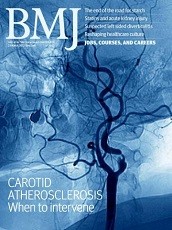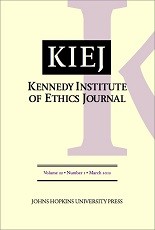Larry R Churchill, Nancy MP King

Extract
. . . In unanimous rulings last month, [United States] Chief Justice Rehnquist, writing for the court, held that there is no fundamental right to assistance in committing suicide1 and that, legally, distinguishing between refusing life saving medical treatment and requesting assistance in suicide “comports with fundamental legal principles of causation and intent.”
. . . Attempts to decriminalise assisted suicide in Britain have so far fallen well short of legislation.. . . Pressure groups in favour of voluntary euthanasia seem to accept that it will be difficult to achieve euthanasia legislation in one step but consider that assisted suicide represents a more attainable goal. From an opinion survey of Scottish doctors, the medical profession seems less resistant to assisting suicide than to practising euthanasia. . .
. . . it remains to be seen whether societal acceptance of physician assisted suicide will increase and how it will affect both social support for vulnerable and dying citizens and trust between patients and their doctors.
Churchill LR, King NMP. (Editorial) Physician assisted suicide, euthanasia, or withdrawal of treatment: Distinguishing between them clarifies moral, legal, and practical positions. Br Med J. 1997 Jul 19;315(7101):137-138.




